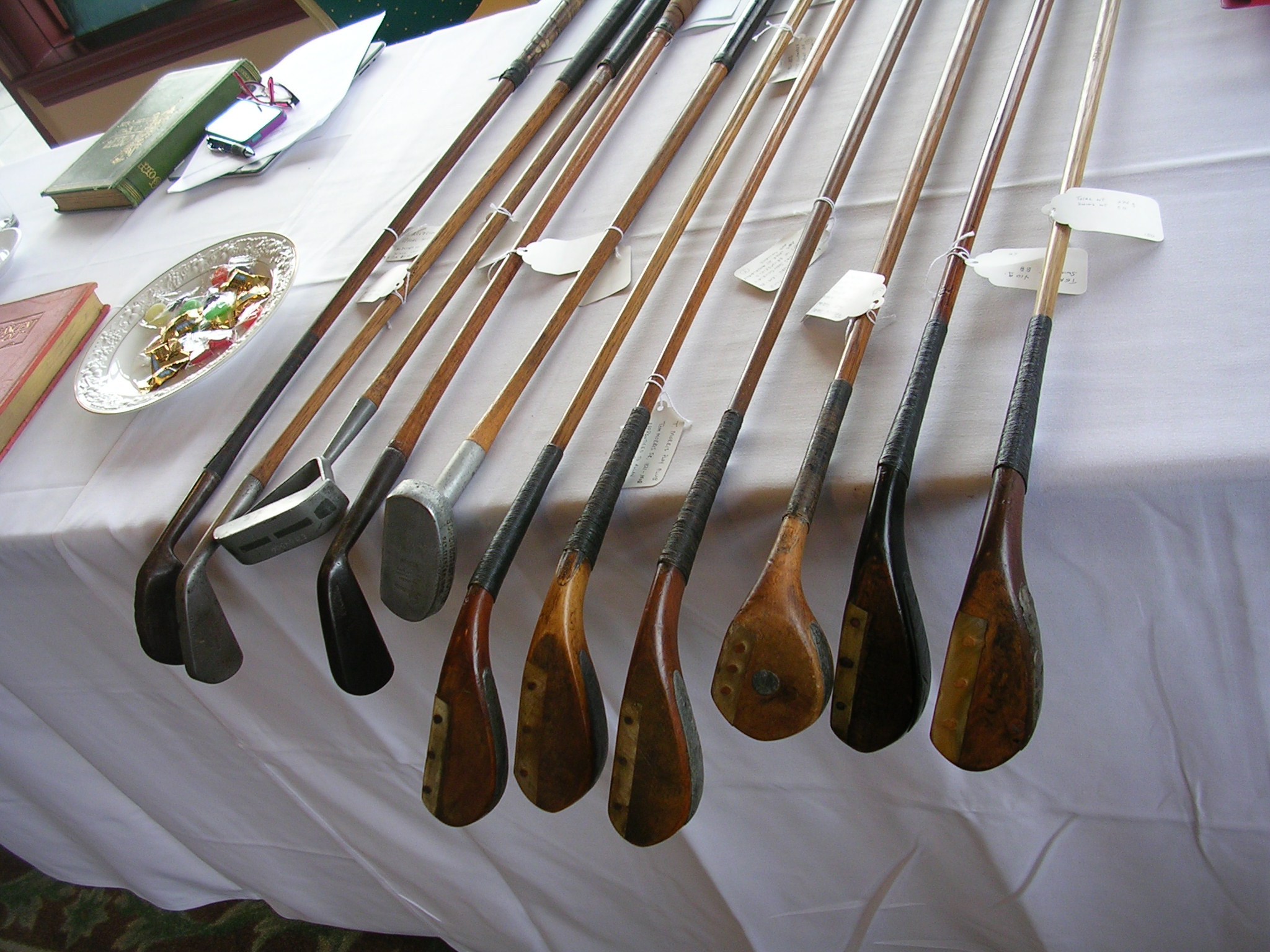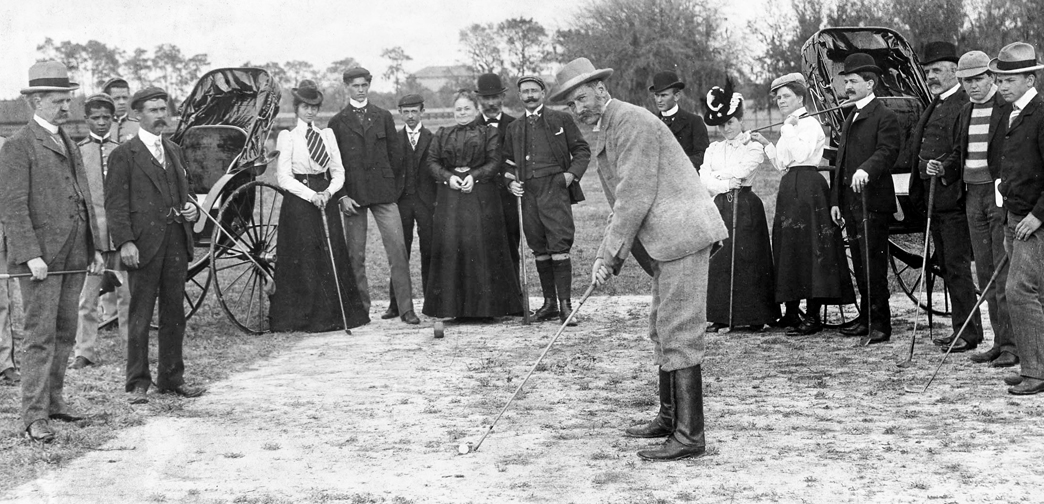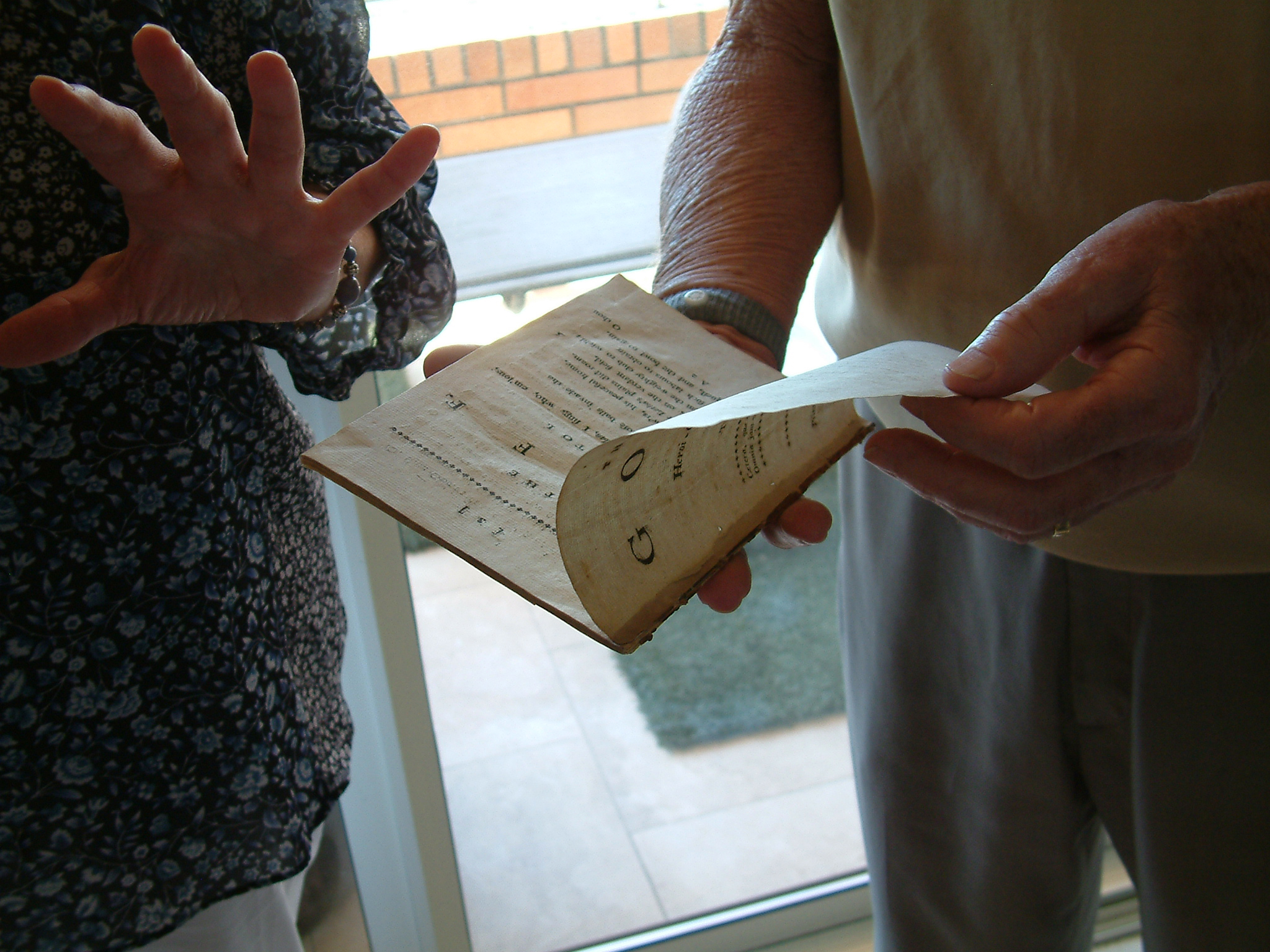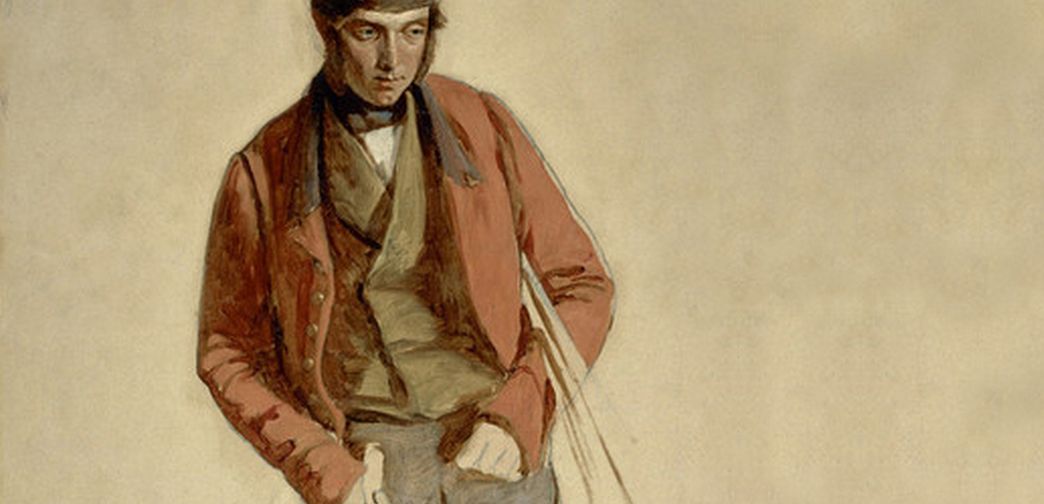Davie Strath, The Open, the R&A, and a decision of a lifetime
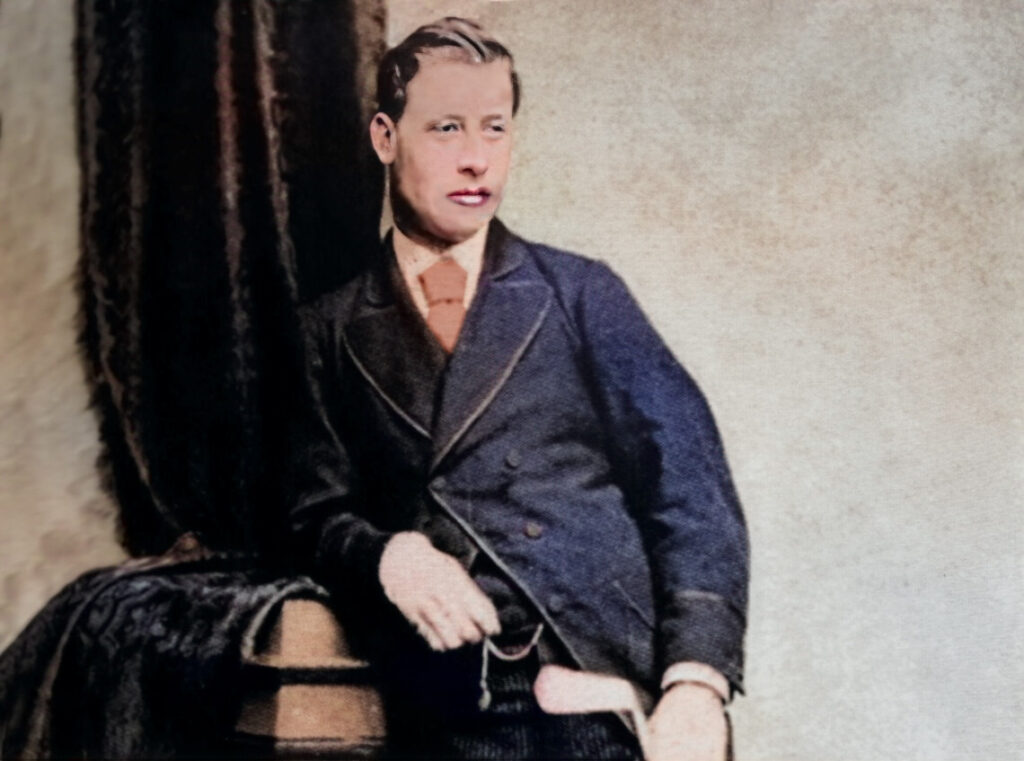
Davie Strath holds a unique and tragic place in golf lore. He was one of several highly-accomplished players within the same family (Davie was one of four brothers and was a frequent partner with young Tommy Morris, Jr.), three of whom died young (including Davie) and were victims of circumstance, having lived just prior to the discovery of penicillin, which might have saved them all from their cruel fate.
Miraculously, Davie (1849-1879) came in second place in The Open three times, in 1870, 1873, and 1876. It is that last event—in 1876—that sealed his place in golfing history.
Golf Australia published a detailed piece on Strath in January 2023, which included the following observations.
Played over two rounds in one day, it was only the second time The Open had been played over the Old Course, the first being in 1873. Scheduled for September 30, 1876, nobody could have predicted the chaotic affair it would prove to become. Held the same week as the R&A’s Autumn Meeting, the Auld Grey Toon was teeming with visiting golfers from all over Scotland—many of whom had come to see Prince Leopold, the fourth son of Queen Victoria, installed as club captain the same week.
Strath and 34 other competitors teed off on Saturday morning. Tied for the lead with fellow professional Robert “Bob” Martin, they were the only two players to break 90. In one of the most bizarre incidents in Open history, the R&A forgot to reserve the first tee for the afternoon round. This forced the competitors to slot in between groups of visiting amateurs. Strath, like many of his rivals, found himself held up on virtually every shot. “The links were so crowded by golfers so as to interrupt the play,” reported the Glasgow Herald. “Often several of the couples had to stand waiting before they could play up to the putting green.”
An article in the Scotland Herald, by James Morgan on July 16, 2022, entitled, The curious tale of Davie Strath: The man who threw away The Open, spells out the details:
What possesses a man to give up on a shot at the Claret Jug? To walk away when faced with a playoff against an opponent he knows he has the beating of?
Davie Strath—one of the best golfers of his generation—did just that at the 1876 Open. Within two and a half years Strath was dead from tuberculosis. The tragedy of his circumstances has added an air of mystery to his decision, but that decision would also dictate how history would later recall him, which is to say, barely at all.
Whether it was a fit of pique, irritation at the R&A or purely Strath’s refusal to engage in what he suspected might be a futile exercise, it is a rhetorical question that occupies the minds of golf historians to this day.
A new book goes some way to shedding fresh light on Davie, who hailed from a family of St. Andrews golfers which included Andrew Strath, the first man not named Park or Morris to win the Open when he defeated Willie Park Sr. at Prestwick in 1865.
Written by the late Scottish golf historian David “Doc” Malcolm and Australian contemporary Noel Terry, the book—The Golfing Strath Family of St. Andrews—adds an important layer to an under told story.
Strath was a contemporary of Young Tom Morris and Jamie Anderson, superstars who were such masterful exponents of the game in the Victorian era that they were christened The Three Kings of Golf and drew heaving crowds to watch their shootouts at courses throughout Scotland.
Morris and Anderson were both multiple winners of The Open—and yet, Strath himself would end up with none. It is a quirk of fate that his name does not have the same storied association with the famous old competition as that of his acolytes—not least because of his contribution to the evolution of the modern game.
A law office clerk from working-class stock, he was—as Malcolm notes—“clever, well-educated and . . . destined for a place in polite St Andrews society” but he showed his dogmatic streak in 1869 when he shocked friends by declaring that he was giving up on his career to become a professional golfer. It was not the done thing in those days but Davie Strath wasn’t just a good golfer, he was among the best in St Andrews. His stylish play was popular with the general public, and he was every bit a match for Young Tom Morris—and was one who “propelled the game into national and eventually international popularity,” notes Malcolm.
“It was between him, Tommy and Jamie Anderson—they were three top players,” says golf historian Roger McStravick. “At the time he would have been a golfing superstar but the only thing that people hang on to is golfing records. Jamie Anderson was the first person to win it on three different courses, [there’s] Tommy Morris [who won four] and if you think of them as three mates [which they were], Davie doesn’t really have that story to tell. They played lots of matches, and he won lots of matches, but he didn’t win The Open.”
He was a heavy favorite in 1876 but it was to be an Open that descended into farce. At 34 players, it set a new record for entrants and in keeping with the enlarged field and Strath’s popularity, his match drew huge crowds. Alas, it did not take long for the markers policing the entire event to lose control of it. Compounding matters was a scramble for a place on the opening tee as a result of the Royal & Ancient opting to stage The Open on a Saturday, a move which local club members took none too kindly to and who subsequently refused to give up their day’s play.
Jostling for position on the first tee, it made for a staggered start and some disjointed play. Strath nevertheless returned with an 86, a score that put him in a tie with Bob Martin from Cupar. The latter beat the rush next time around and Strath followed him out as the eighth match of the second round. By the time he left the 13th, with news reaching him of Martin’s round of 90, Strath was surging towards the title.
But at this point, he came unstuck. His tee shot and second at 14 were both well struck but the latter caught a Hatton—a St. Andrews businessman, hatter and upholsterer—on the forehead, knocking him to the ground. It took him some time to recover before he eventually managed to walk home. He was not the only one discombobulated by events. The incident upset Strath and he took at 6 at 14, then added another at 15 before steadying the ship at 16 with a four.
Despite the blips, he still approached the 17th knowing that two fives would be enough for him to take the title. But despite a good drive, his ball drifted into the station park while his third was caught by the wind and carried to the green where there were still players present. Still, fate did not intervene, but it was waiting with a sucker punch.
A rule stated that “no one shall approach a putting green on which there are players,” but no objection was made by the vacating participants at 17 and Strath putted out for a five before his short game let him down at 18 and the six that was penciled on to his card brought up a total of 90, the same as Bob Martin’s.
At that point, an objection was raised by one of the players who had been on the green at the 17th. There was a further objection that Strath’s card had not been kept accurately by the marker. The R&A deliberated on the matter for some time before eventually announcing there would be a play-off on the Monday.
Given no assurance that he would not be disqualified, however, Strath refused to play off and when Martin walked the course, he was declared champion. Sitting in purgatory’s waiting room waiting for a decision from the R&A, Strath decided to turn on his heel.
“It is one of The Open’s great mysteries. It just goes back to the fundamental question of ‘why didn’t he play?’ and there is some dogmatism there,” says McStravick. “Logically, he had a good point. Why bother playing a competition that on the Monday they were going to decide might not be needed? I just feel so much regret. He could have been an Open champion but because of that point, he didn’t become one and Bob Martin did.”
By 1869, Strath was dead. Tuberculosis claimed three other members of his family, including Andrew, and when Davie caught it in the spring of 1878, a decision was taken for him to travel to sunnier climes and perhaps on the advice of a doctor in Melbourne—he traveled on the steamship Eurynome to Australia.
On the 12-week voyage, the captain took the great southern route which was wet, rough and cold and Strath developed acute laryngitis whereupon his health deteriorated rapidly. Twenty days after docking in Melbourne, Davie Strath was dead (the official cause of death was “pulmonary consumption after six weeks of chronic laryngitis”). He was buried in an unmarked grave that remained that way for 127 years until 2006 when “the Golf Society of Australia, the Golf Clubs of St. Andrews, and a few individuals subscribed to the erection of a headstone in his memory.”
That it took so long is indicative of a wider point: despite being one of the best of the era, Strath’s legacy had faded due to that ill-fated decision in 1876 and as Malcolm himself writes: “Tommy’s [Morris] name survives, engraved on the Championship Belt and the Claret Jug, the trophies of the Open Golf Championship—Davie’s name does not. The dramatic circumstances surrounding Tommy’s death on Christmas morning 1875 have endured as storybook stuff, whilst the circumstances of Davie’s demise have long been lost in time. For too long, Davie’s name has been consigned to a footnote in the history of the game.”
Funds were raised for a proper tombstone for Davie Strath’s burial plot and in 2006, David Malcolm and Noel Terry led a ceremony to permanently affix the marker in his honor. The Golfing Strath Family of St. Andrews was published in an edition of 300 by St. Andrews Golf Press in 2022, and is distributed by Fine Golf Books. It is worth a place in your favored book collection.
